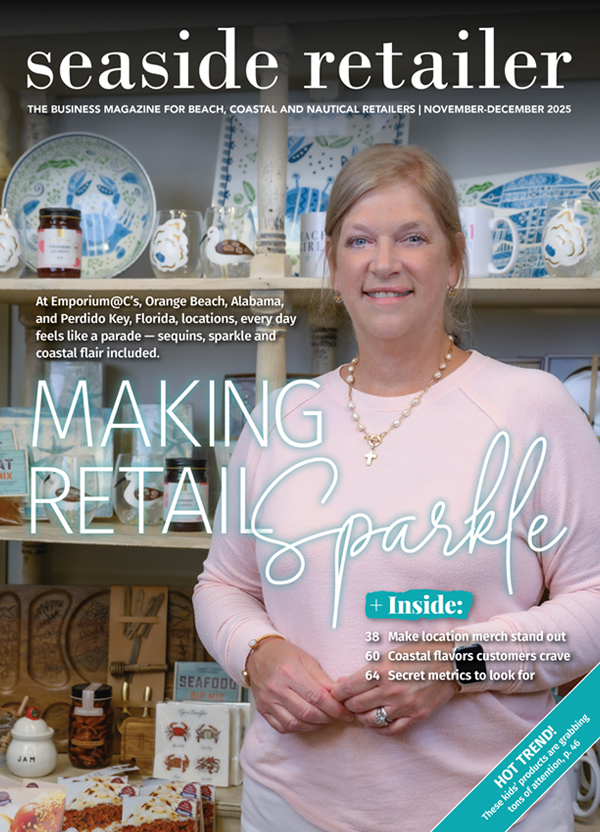
After checking your daily sales a total of three times in the last hour, you think to yourself, “We really should be busier than this!”
You always start the season with so much hope and excitement. You add enticing new inventory to the shelves and dote over displays. But the store feels so quiet. Why does this keep happening?
It’s simple: You’ve fallen into the feast-or-famine marketing cycle. Your marketing lacks consistency. When sales are strong, marketing is pushed to the wayside (the feast phase). When store traffic dies down, you’re in the famine phase, starving for sales.
You frantically throw together ads, promotions, emails, postcards and events to attract guests. But by then, it’s usually too little, too late. The feast-or-famine sales roller coaster is a vicious cycle.
1. Define the who. The biggest mistake is not clarifying who your ideal customer is, which wastes time and money. Take time to consider your target audience. Who do you want to walk into the door? When you identify your ideal customer, you can determine how to speak to them with messaging that will resonate and inspire them to visit your business.
2. Create a marketing schedule. Next, identify specific marketing activities to accomplish morning and afternoon, daily, weekly and monthly. You’ll also want to send out seasonal messages and marketing based on your busy times.
- At the start of your season, marketing content will highlight new arrivals, reveals, pre-orders, product launches and glimpses from trade shows.
- Mid-season is all about showcasing your merchandise — one clothing item styled three ways, beautiful tablescape inspo, fun game demos. Use photos, videos and lives to show your customers how to use your products.
- At the end of the season your marketing content will be focused on your clearance sale and targeting sale customers to successfully move out unsold inventory before your cycle starts again with fresh new inventory.
By setting aside time to create marketing content then plugging it into a schedule, you will build a consistent, automated marketing strategy. That way, you can let go of the feeling of panic and start being proactive. Before you know it, you’ll be on track with a consistent marketing plan that’s easy to put into action and will boost your sales and elevate your profitability.

